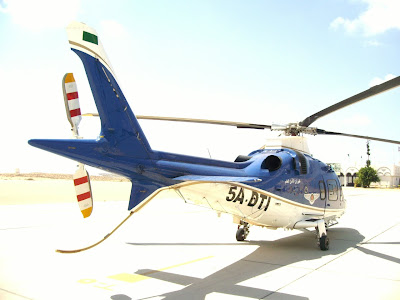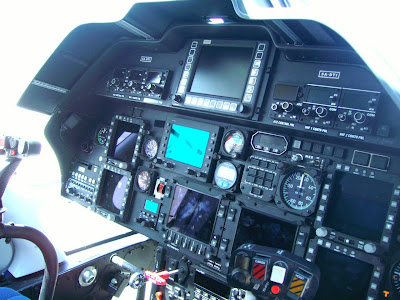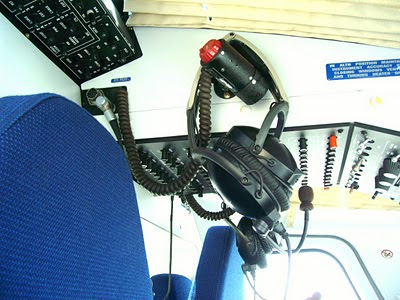The "Algerian scandal" of 2007 brought one of the toughest shots in history to the reputation of the Russian military-industrial complex. The termination of a contract for $ 1.3 billion for the delivery of 34 MiG-29 and the return of 15 aircraft already delivered, because "these aircraft were equipped with worn or of poor quality" had no previous in the history of Russia.
Several scholars have seen in this incident a sign of a deep crisis in the Russian arms industry, losing its ability to mass produce war material complex. Information on negotiations on the eventual delivery to Algeria of Su-35 appeared in spring 2008. We learned recently, during a recent press conference held in the Aerospace Exhibition ILA-2008, Rosoboronexport (arms export agency Russian) intends to offer this country MiG-35 fighters.
Moreover, the "Algerian scandal" is a matter too obscure to be able to draw conclusions about the capabilities of Russian industry. Some experts assume that the incident was caused by European companies specialized in building aviation equipment to oust Russia from a bargain. As for the Algerians, supporting the scandal, they could expect to conclude a new contract on terms more favorable than the previous one. The fact that the producers of war material to employ methods for competitive purposes is nothing new. Suffice it to recall the scandal of 2006-2007 around deliveries of British fighters to Saudi Arabia, when representatives of the corporation BAE Systems were accused of bribing members of the royal family. Although events that occurred 20 years ago, this story has failed to undermine a contract worth several billion dollars for the delivery of modern Typhoon fighter.
The scandal was hushed up. The Attorney General (Attorney) of Great Britain, Lord Goldsmith, ended the investigation "in the interest of security of Britain." Many experts believe that such information more than 20 years have been emerged by the French secret services with the intention of ensuring the victory of their fighter Rafale in Saudi tender.
Returning to the subject of Algeria, we can see that through this scandal, Algeria has been given the opportunity to acquire the most modern Russian aircraft. Will accrue to the air forces of this country the MiG-35 if it is delivered? The Mig-29 and Mig-35 have in common only their outward appearance. The equipment has undergone considerable changes. The MiG-35 has a new fire control system comprising a radar antenna array with phase control and ensuring fire "simultaneous multi-target" with the use of modern missiles. In addition, this unit was given the opportunity to use modern ammunition "air-ground", which allows us to consider the MiG-35 not as "air supremacy fighter," as the MiG-29, but as a "multi-role fighter."
The cab driver is equipped with liquid crystal displays versatile, and HOTAS (hands on throttle and stick, hands on handles and levers) that allows the driver to manipulate all systems without having to remove the hands of controllers control of the aircraft and engines.
The thrust vectoring nozzles steerable helped dramatically increase the maneuverability of the aircraft, thus increasing its chances of winning a close fight, and provide the opportunity to dodge a missile launched from a distance. The existence of a two-seater aircraft, the MiG-35D, which has nothing to envy in terms of car performance electronic devices, can form groups of mono-and two-seat aircraft capable of perform the most complex missions. Within these groups, two-seat aircraft are used as command from which coordinates the actions of any one link or a squadron.
Compared to the Su-35, with deliveries possible to Algeria have been mentioned above, the MiG certainly less combative capacity, first, because their range, their armaments and their powerful radar lower. But the high cost of Sukhoi makes them less competitive on the market. In addition, the theater of operations relatively narrow Algerian air force, a heavy fighter is simply unnecessary, say many experts.
The opinions expressed in this article are to the strict responsibility of the author





